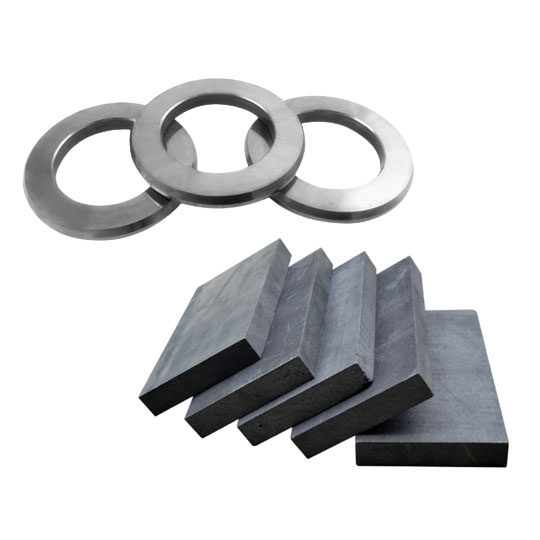카바이드 플레이트 혁신의 현재 산업 응용 분야
카바이드 플레이트 는 오랫동안 다양한 산업 분야에서 최고의 내구성과 성능을 제공하는 숨은 영웅으로 활약해 왔습니다. 광업에서 항공 우주에 이르기까지 그 응용 분야는 매우 광범위하고 중요합니다.
광업 및 건설
광업과 건설의 거친 지형에서 장비는 끊임없는 마모와 손상에 직면합니다. 특히 텅스텐 카바이드로 만든 카바이드 플레이트는 드릴 비트와 절삭날과 같은 공구에 사용됩니다. 뛰어난 경도로 공구 수명을 연장하고 가동 중단 시간과 유지보수 비용을 줄여줍니다.
제조 및 가공
제조업에서 가장 중요한 것은 정밀도입니다. 카바이드 플레이트는 가공 공구에 필수적인 요소로, 필요한 강성과 내마모성을 제공합니다. 이를 통해 일관된 제품 품질과 효율적인 생산 주기를 보장합니다.
항공우주 및 방위
재료가 극한의 조건에 노출되는 항공우주 분야에서는 터빈 블레이드와 갑옷 도금과 같은 부품에 카바이드 플레이트가 사용됩니다. 고온을 견디고 변형에 저항하는 초경판의 능력은 필수 불가결한 요소입니다.
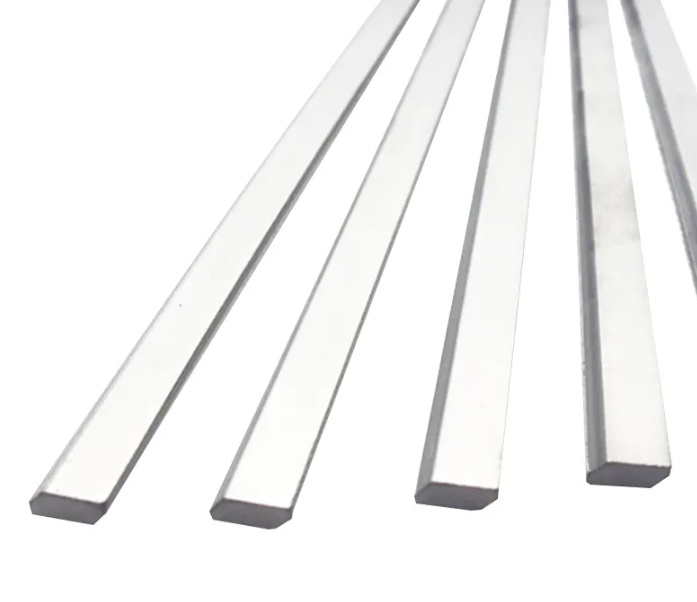
최근 혁신 카바이드 플레이트 기술
카바이드 플레이트 기술의 영역은 획기적인 발전을 거듭하며 가능성의 한계를 뛰어넘고 있습니다.
적층 제조(3D 프린팅)
적층 제조는 카바이드 부품 생산에 혁명을 일으켰습니다. 재료를 적층하여 복잡한 형상을 정밀하게 구현할 수 있습니다. 이 방법은 재료 낭비를 줄이고 신속한 프로토타입 제작을 가능하게 합니다.
나노 구조 초경 플레이트
연구자들은 나노 기술을 접목하여 나노 크기의 구조를 가진 카바이드 플레이트를 개발했습니다. 이 플레이트는 경도와 인성이 향상되어 수명이 길어지고 성능이 향상됩니다.(sumitomoelectric.com, zhongbocarbide.com)
하이브리드 카바이드 복합재
카바이드를 세라믹이나 금속과 같은 다른 재료와 결합하면 하이브리드 복합재가 탄생했습니다. 이러한 복합재는 경도와 유연성이 균형을 이루고 있어 강도와 탄력성이 모두 필요한 애플리케이션에 적합합니다.
카바이드 플레이트 혁신의 이점
최근 카바이드 플레이트 기술의 혁신은 수많은 이점을 가져다줍니다:
- 향상된 내구성: 첨단 제조 기술로 더 혹독한 환경을 견디고 더 오래 사용할 수 있는 플레이트가 탄생했습니다.
- 성능 향상: 혁신으로 열 안정성과 내마모성이 향상되어 일관된 성능을 보장합니다.
- 비용 효율성: 플레이트의 수명이 길어지면 교체 빈도가 줄어들어 장기적으로 비용을 절감할 수 있습니다.
- 설계 유연성: 적층 가공을 통해 이제 특정 애플리케이션에 맞는 맞춤형 설계가 가능해졌습니다.
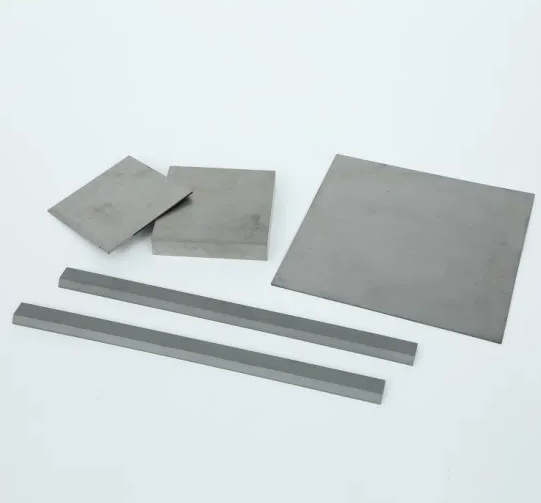
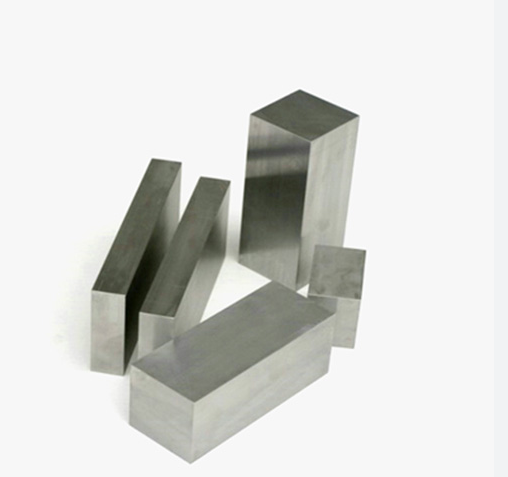

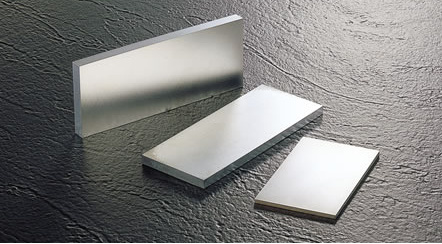
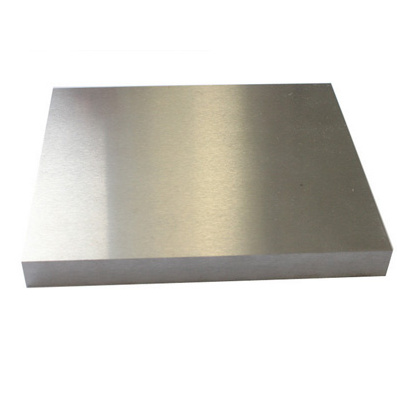
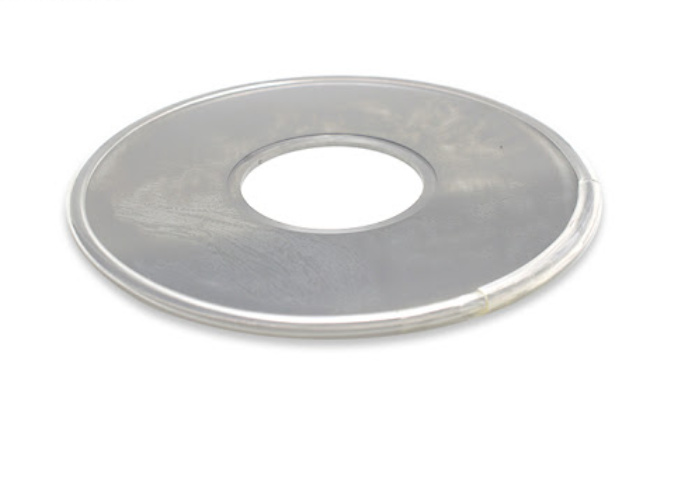
도전 과제 및 미래 트렌드
이러한 발전은 희망적이지만 여전히 과제는 남아 있습니다:
재료비
고품질 카바이드 소재, 특히 희귀 원소가 포함된 소재는 가격이 비쌀 수 있습니다. 성능과 비용의 균형을 맞추는 것은 지속적인 과제입니다.
제조 제한 사항
적층 제조의 발전에도 불구하고 대규모 카바이드 부품을 생산하는 것은 여전히 복잡합니다. 이러한 한계를 극복하기 위한 연구가 진행 중입니다.
미래 트렌드
- 지속 가능한 재료: 업계는 환경에 미치는 영향을 줄이기 위해 친환경 소재와 공정으로 나아가고 있습니다.
- 스마트 재료: 카바이드 플레이트에 센서를 통합하여 마모와 성능을 실시간으로 모니터링할 수 있는 시대가 곧 열릴 것입니다.
- 글로벌 협업: 업계와 연구 기관 간의 협업이 혁신을 가속화할 것으로 기대됩니다.
특정 금속 분말 모델 카바이드 플레이트
카바이드 플레이트 생산에 사용되는 특정 금속 분말 모델을 자세히 살펴보세요:
| 모델 | 구성 | 설명 |
|---|---|---|
| WC-Co | 텅스텐 카바이드-코발트 | 경도와 인성의 균형을 제공하는 널리 사용되는 복합 소재입니다. 절삭 공구 및 내마모성 응용 분야에 이상적입니다. |
| TiC | 티타늄 카바이드 | 높은 경도와 내식성으로 잘 알려져 있습니다. 일반적으로 서멧 애플리케이션에 사용됩니다. |
| Cr3C2 | 크롬 카바이드 | 내산화성이 뛰어나 고온 애플리케이션에 적합합니다. |
| NbC | 니오븀 카바이드 | 높은 융점을 제공하며 내화성 용도에 사용됩니다. |
| TaC | 탄탈 탄화물 | 극한의 경도와 높은 융점으로 유명합니다. 절삭 공구 및 내마모성 부품에 사용됩니다. |
| VC | 바나듐 카바이드 | 내마모성을 향상시키고 초경합금의 입자 성장 억제제로 자주 사용됩니다. |
| Mo2C | 몰리브덴 카바이드 | 열 및 전기 전도성이 우수합니다. 촉매 및 내마모성 애플리케이션에 사용됩니다. |
| SiC | 실리콘 카바이드 | 높은 열전도율과 강도로 유명합니다. 고온 애플리케이션에 사용됩니다. |
| B4C | 탄화붕소 | 가장 단단한 재료 중 하나입니다. 탄도 갑옷과 연마재에 사용됩니다. |
| ZrC | 지르코늄 카바이드 | 높은 경도와 내식성을 제공합니다. 원자력 애플리케이션에 사용됩니다. |

자주 묻는 질문
| 질문 | 답변 |
|---|---|
| 카바이드 플레이트는 무엇인가요? | 카바이드 플레이트는 주로 카바이드 화합물로 만든 복합 재료로, 경도와 내마모성이 뛰어난 것으로 알려져 있습니다. |
| 카바이드 플레이트가 산업용 애플리케이션에서 선호되는 이유는 무엇입니까? | 내구성이 뛰어나고 마모와 부식에 강하며 고온을 견딜 수 있기 때문입니다. |
| 적층 가공이 카바이드 판재 생산에 어떤 영향을 미쳤나요? | 복잡한 디자인, 재료 낭비 감소, 빠른 프로토타입 제작이 가능합니다. |
| 카바이드 플레이트 혁신의 혜택을 가장 많이 받는 산업은 무엇인가요? | 광업, 제조, 항공우주, 방위 분야에서는 상당한 이점을 누릴 수 있습니다. |
| 카바이드 플레이트 생산에 환경 문제가 있나요? | 네, 특히 원자재 소싱과 관련하여 그렇습니다. 그러나 지속 가능한 관행과 재활용이 채택되고 있습니다. |


